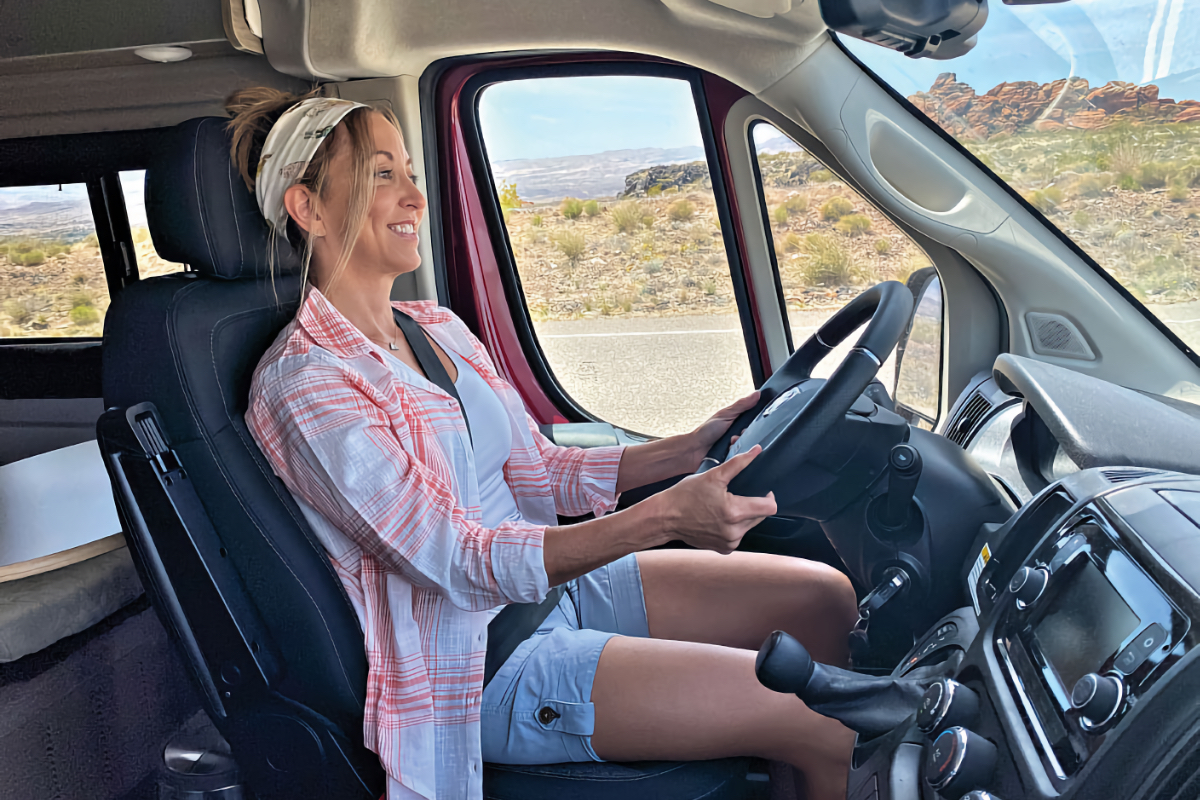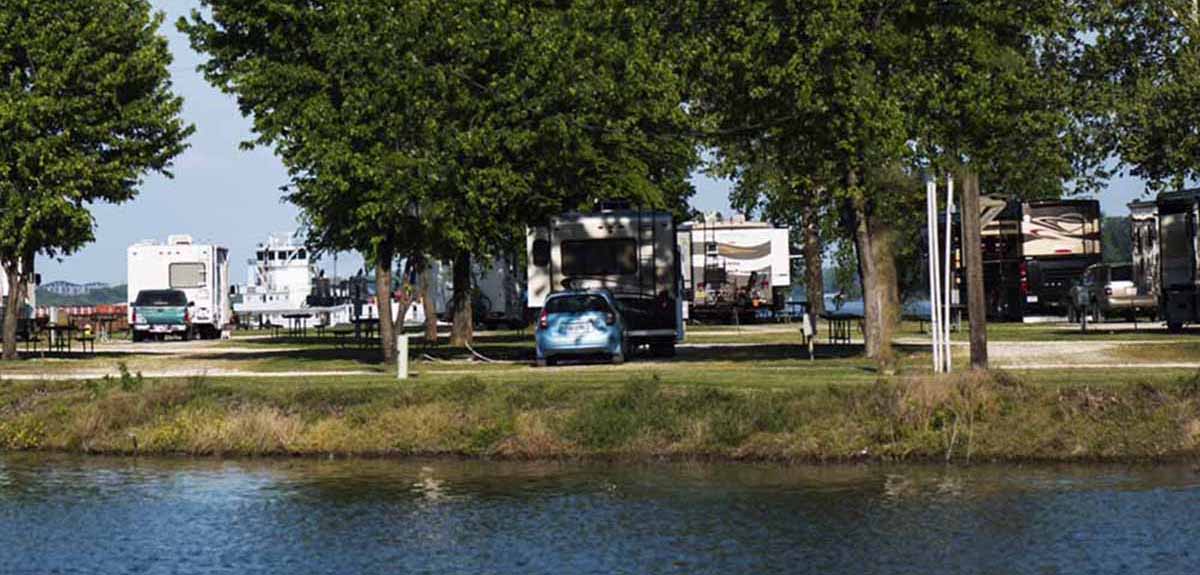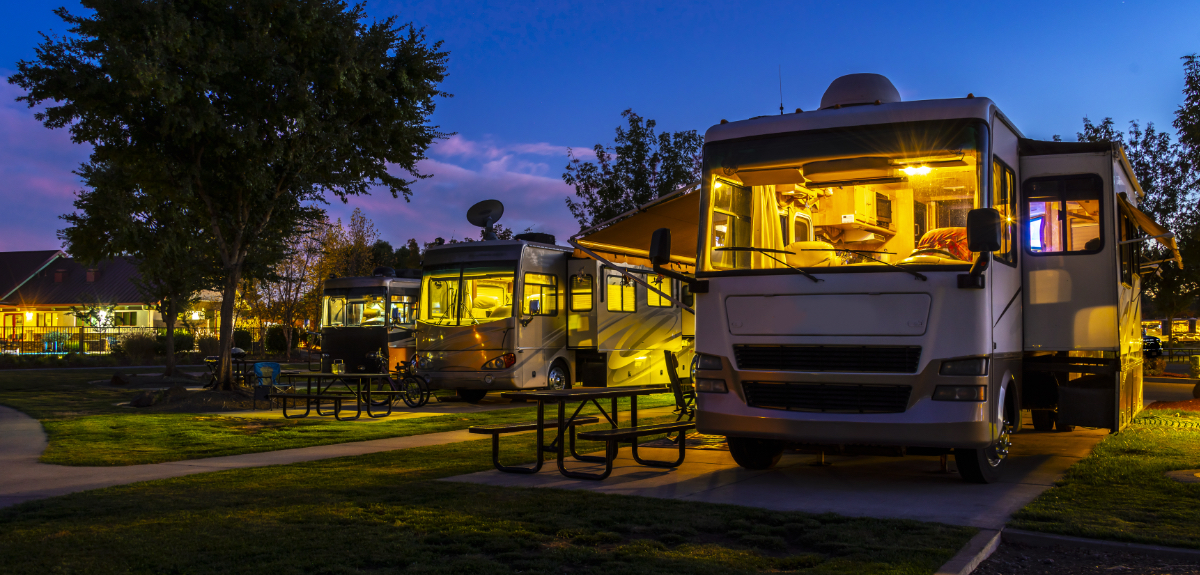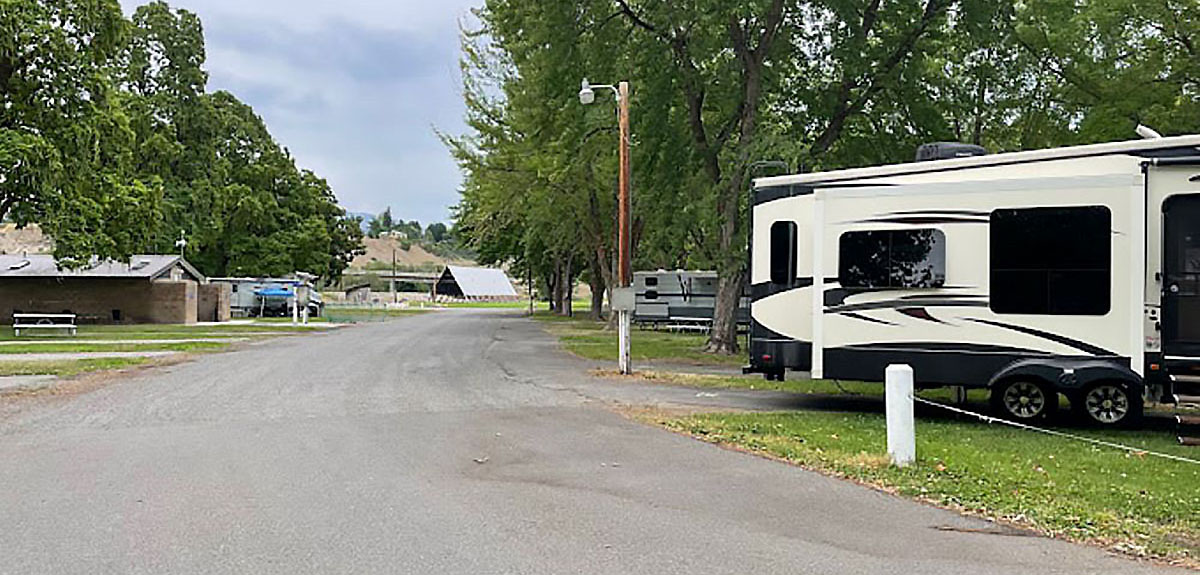Health+Fitness: Take the Long Way Home
How to Make Extended Driving Days Healthier—and Much More Fun
Image Caption: Image Courtesy of Stefany Adinaro
If you’re an RVer, you’re a driver, too. They go hand in hand for the most part. You can’t really take an RV trip without hitting the road. That’s okay by me. James and I both love long drives. That zone we get in while watching the miles roll by is a happy place for both of us. I especially love the peaceful feeling of knowing that there’s nothing else I need to be doing in that moment, besides just sitting there, soaking it all in.
Problem is, long drives aren’t really good for us. Driving means sitting, and it’s not news to anyone that sitting for long stretches isn’t healthy. Our bodies are happiest when they’re upright since that’s when our heart and cardiovascular system function more efficiently. When you put in long hours behind the wheel, a bunch of physiological changes happen—slowed metabolism, circulation, and digestion, as well as inflammation, joint pain, raised blood sugar, fluid pooling in the legs, risk of blood clots, and on it goes.
Thankfully, there are many things you can do to protect yourself from any ill effects caused by too much time sitting. Here are a few of the ground rules James and I adhere to whenever we head off on a long road trip. We’ve long ago learned when we use the following strategies we end the drive feeling more energized, clear-headed, and ready to start the next adventures. May they do the same for you, too!
The Fit RV’s Rest-Stop-Recharge Rule
Whenever road tripping, stop after a maximum of two hours of driving. During the stop, get 15 minutes of moderate-intensity physical activity before getting back on the road.
James and I keep the physical activity pretty simple. We’ll either power walk, jog, or do some exercises like lunges and jumping jacks right outside the RV door. Really, anything that gets your circulation up works.
Regarding the two-hours thing, I need to point out that should be the maximum. If you are traveling solo or not switching drivers each time you stop, you should be stopping even more frequently. The most ideal situation is stopping every hour with at least 10 minutes of moderate-intensity exercise, but I realize that’s not always realistic.

Image Courtesy of Stefany Adinaro
Make the Drive Part of the Adventure
It seems to be human nature to view the drive as something separate from “the vacation.” It puts on pressure that we need to hurry up and get there so the fun can officially begin. Try changing your mindset with that. Instead of the fun starting when you arrive, make the drive itself also part of the vacation fun. The secret to doing this? Plan the places you’ll stop ahead of time. There are many resources that make this easy: Roadtrippers, Roadside America, RV Trip Wizard, etc. Use them to search for fun points of interest and then create a whole driving itinerary based on attractions along your route.
James and I are total suckers for cheesy roadside attractions; the weirder, the better. It makes the drive feel more like part of the vacation and gets you out of that must-hurry-and-get-there mindset. So you stop at your preplanned attraction, see something cool, and then do your 15 minutes of physical activity from the rest-stop-recharge rule. That makes each stop along the way both fun and healthy!
Planning stops definitely requires some work up front, which can feel like a chore. But I hope you’ll try it anyways, at least once. The best part for me is finishing up at one (usually silly) attraction and then excitedly checking the itinerary for what’s next and knowing we’ve got less than two hours until we land at the next amusing roadside attraction. You’ve constantly got things to look forward to, all day long—and it’s all already planned out for you, so there’s no stress about figuring out where to stop on the fly. It completely changes the dynamic of a long driving day from what feels like a chore to something that feels amazing.
And Finally, I Do Want to Point This Out
Extremely long driving days really should be avoided. There is research that shows that the more we sit, the more health-compromised we are. So, as you plan trips, try your best to keep your driving hours each day down to a reasonable amount. No one should be sitting for long stretches in a day if it can be helped.
But, when long stretches behind the wheel are simply unavoidable, we encourage you to give The Fit RV Rest-Stop-Recharge strategy a try. It’s a good balance … you get your drive done, you get your exercise in, and you see a cool roadside attraction along the way.
Protect Yourself
According to the CDC, anyone traveling more than four hours can be at risk of developing blood clots, also called deep vein thrombosis (DVT), older adults in particular. Blood clots can form in the deep veins of your legs because you’re sitting still for long periods.
Symptoms may include swelling, pain, or tenderness in the leg, skin that’s warm to the touch, skin redness, or skin discoloration. If you develop any symptoms, alert your doctor as soon as you can.
You can help prevent blood clots by following The FitRV’s Rest-Stop-Recharge rule, moving frequently in your seat as you drive, and wearing compression socks if you have an increased risk.
To learn more, visit stoptheclot.org.






